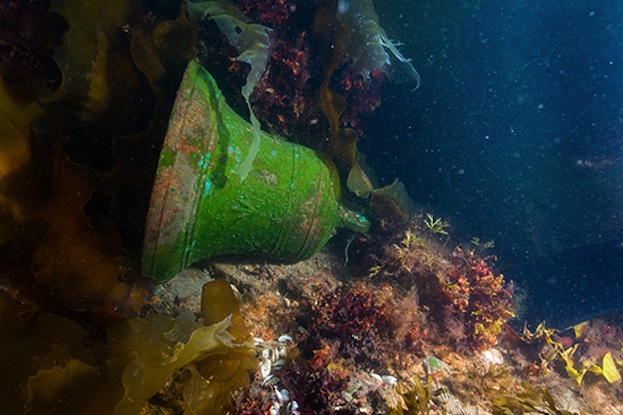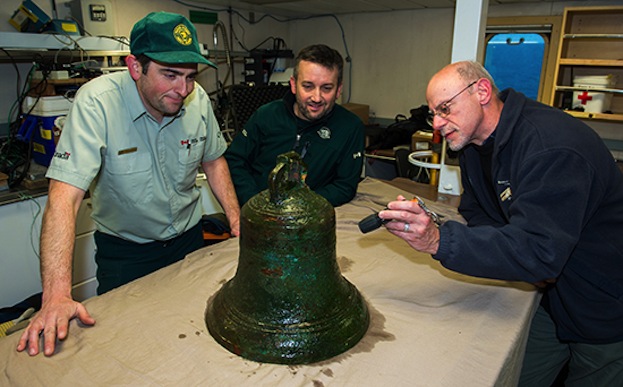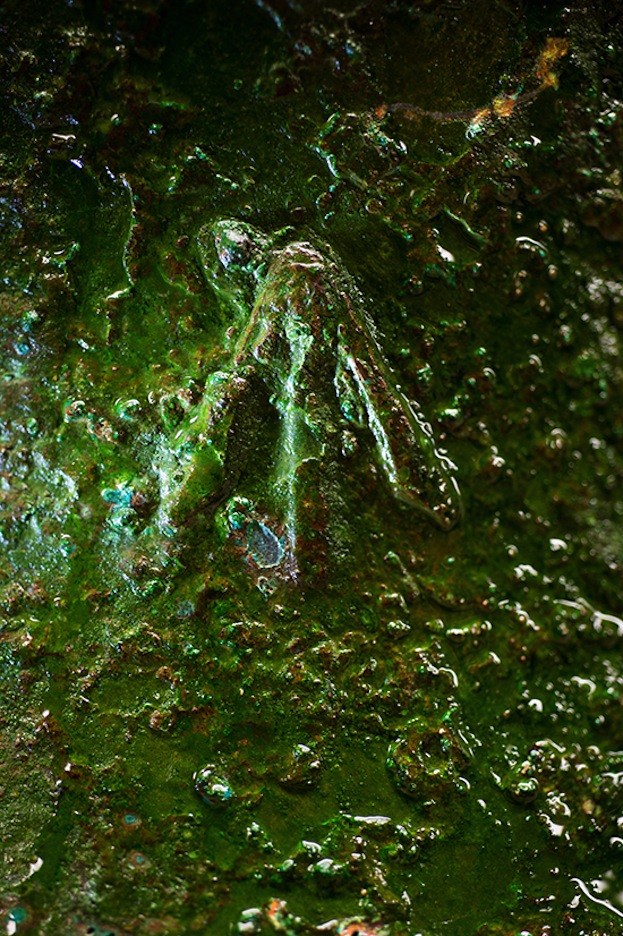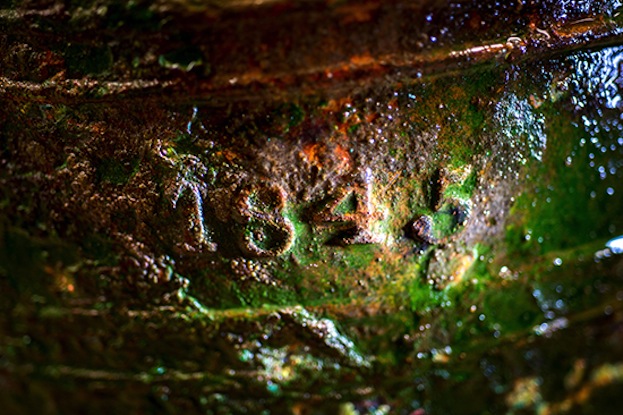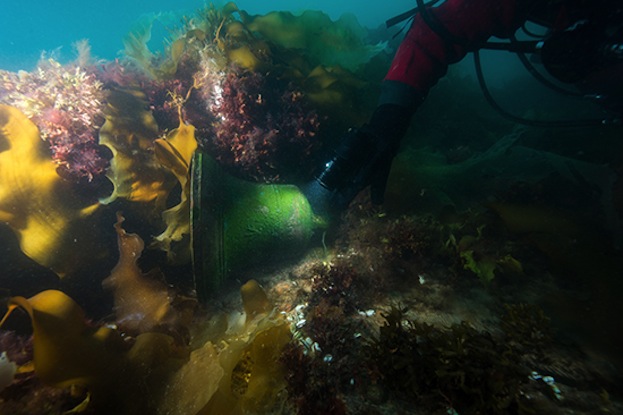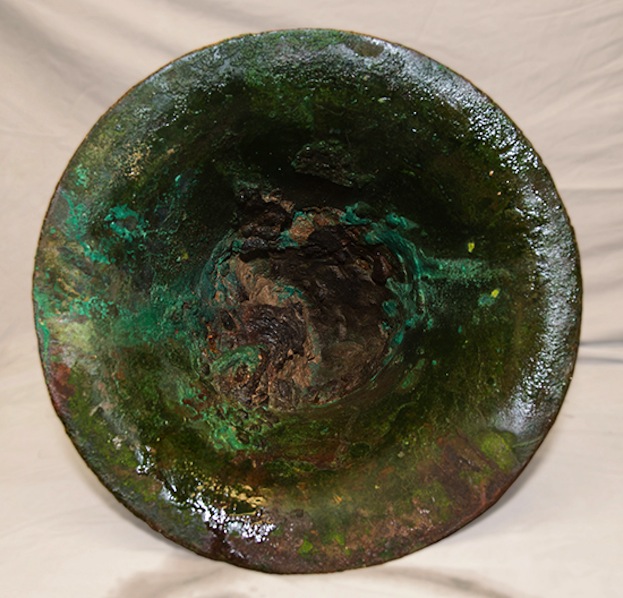Photos: Bronze Bell Recovered from Arctic Shipwreck
Underwater archaeologists were the first people in nearly 170 years to lay eyes on the HMS Erebus, a British ship that sank during an ill-fated exploration of the Canadian Arctic. The ship was one of two that went missing during John Franklin's infamous expedition to find a Northwest Passage between the Atlantic and Pacific Oceans. The sunken vessel was discovered in September 2014 during a search led by Parks Canada. [Read full story about the HMS Erebus shipwreck]
During a two-day investigation at the site of the wreck, divers took measurements and photographs of the ship. They also collected artifacts, including this bronze bell. Their findings proved that they were looking at the HMS Erebus, and not its sister ship, the HMS Terror. (Credit: Parks Canada)
When in use, the bell would have been struck every half hour, day and night, not only to mark the time, but also to signal the crew's changing shifts, according to Parks Canada. The bell stopped ringing some time in 1846, when Franklin's expedition became trapped in ice. Here, Parks Canada's Ryan Harris (left) and Jonathan Moore (center) look at the bell with Government of Nunavut archaeologist Douglas Stenton (right). (Credit: Parks Canada)
The bell clearly has the Royal Navy's broad arrow symbol, a stamp used to mark British ownership. (Credit: Parks Canada)
The year 1845 is also embossed on the bell's surface, the year the expedition set sail. (Credit: Parks Canada)
"The bell of HMS Erebus provides a tangible and compelling connection to the Franklin ships and is an important part of naval and Canadian history," Leona Aglukkaq, Canada's Minister of the Environment, said in a statement. "The recovery of this important artifact is the crowning achievement for an incredibly successful 2014 search campaign that has captivated Canadians and the entire world." (Credit: Parks Canada)
Get the world’s most fascinating discoveries delivered straight to your inbox.
The wrecks of the HMS Erebus and the HMS Terror once had the joint distinction of being Canada's only undiscovered national historical site. This image shows the bell's interior. (Credit: Parks Canada)
Follow Megan Gannon on Twitter and Google+. Follow us @livescience, Facebook & Google+. Original article on Live Science.



